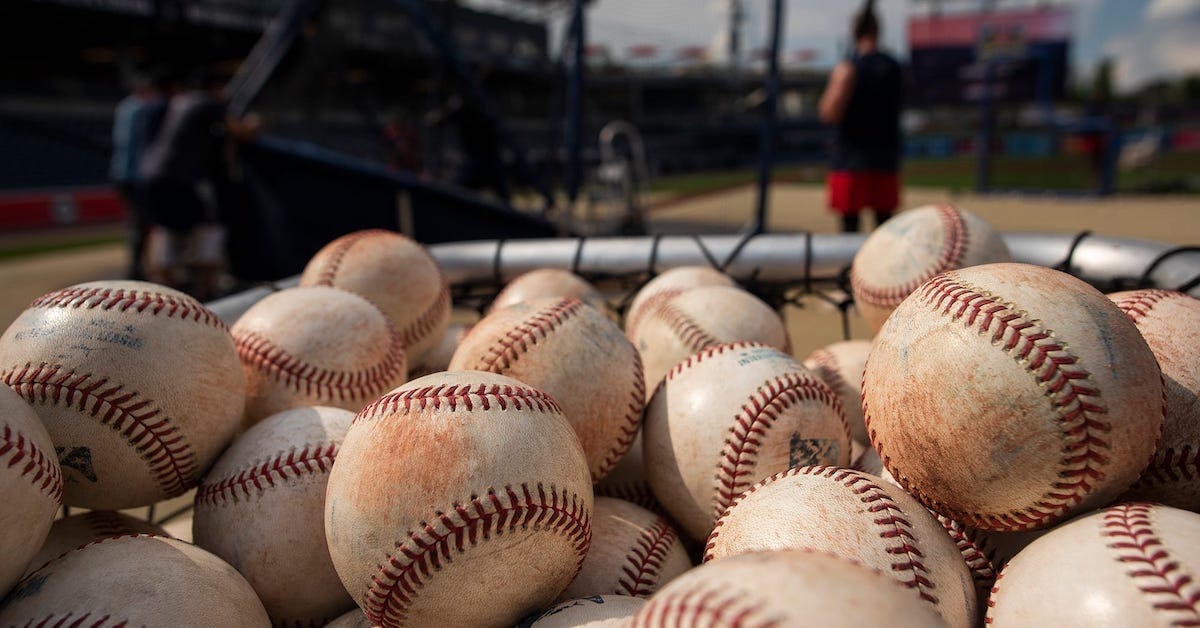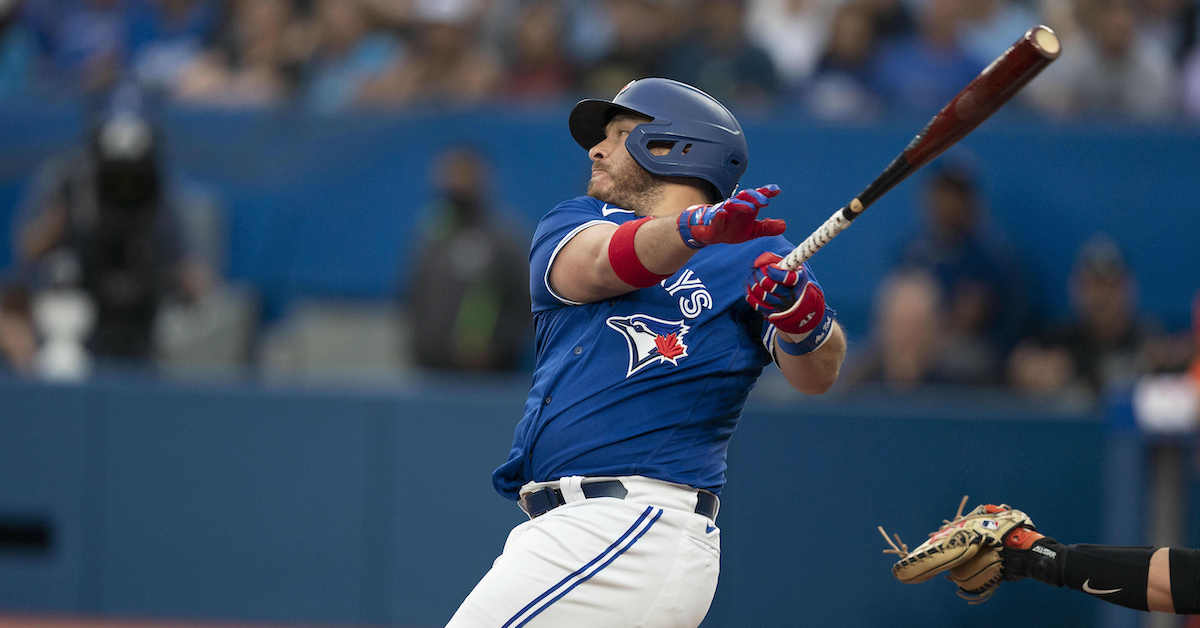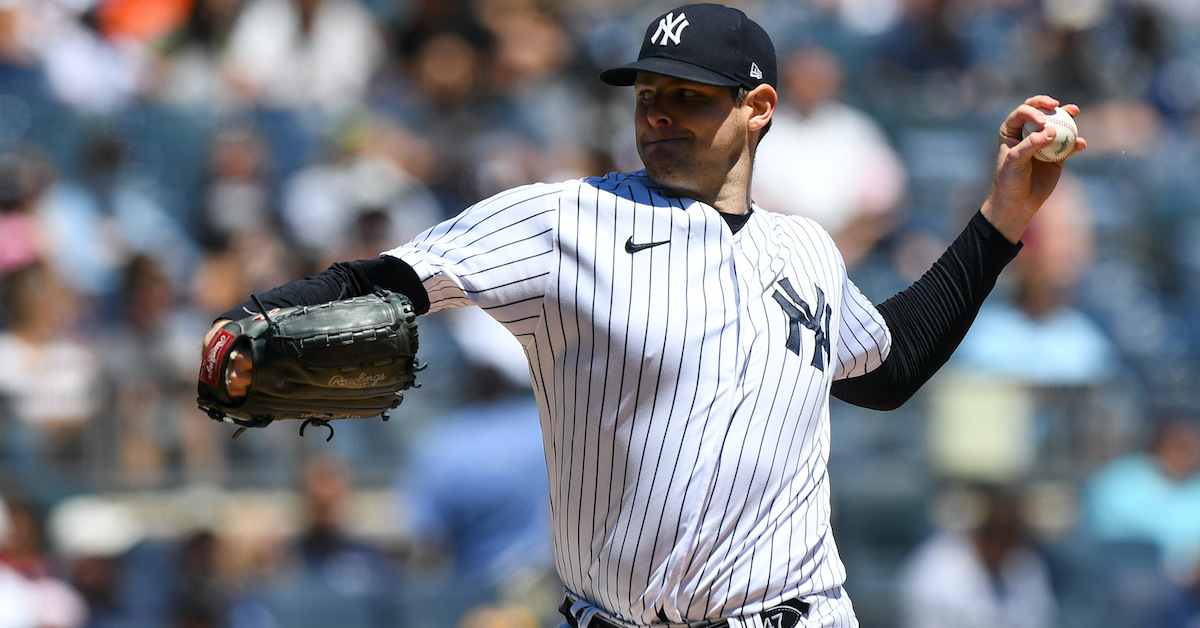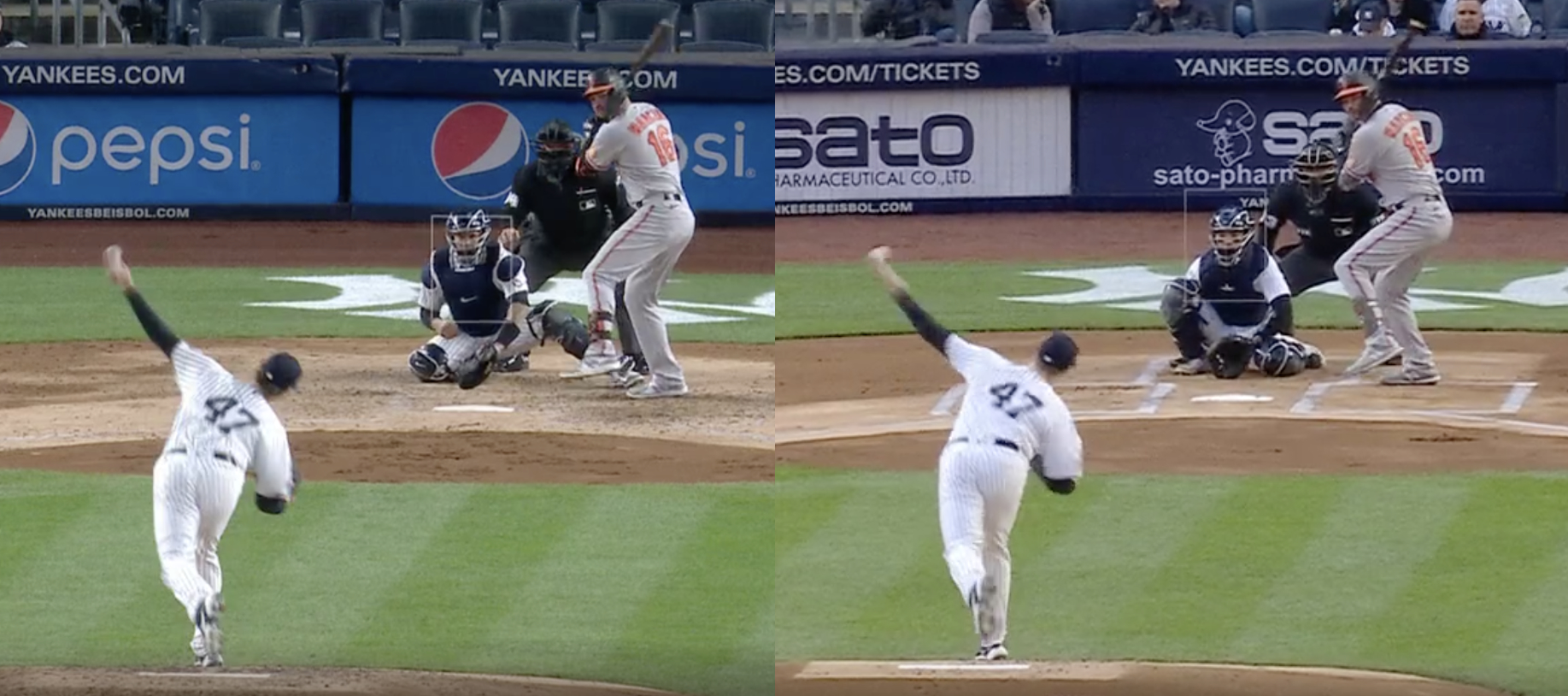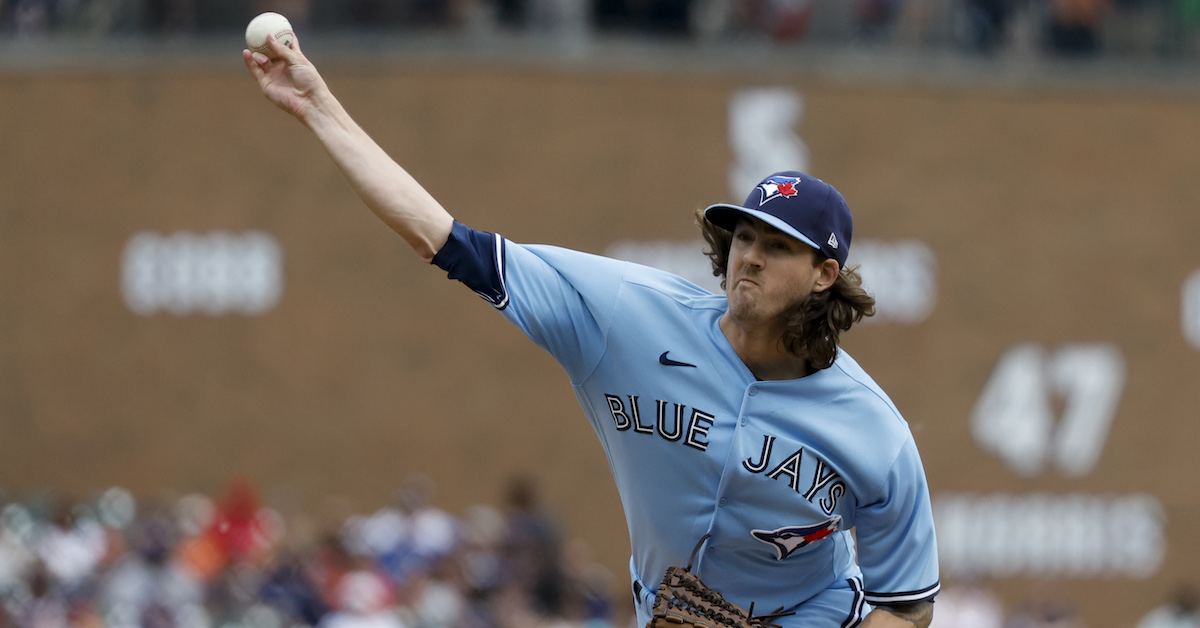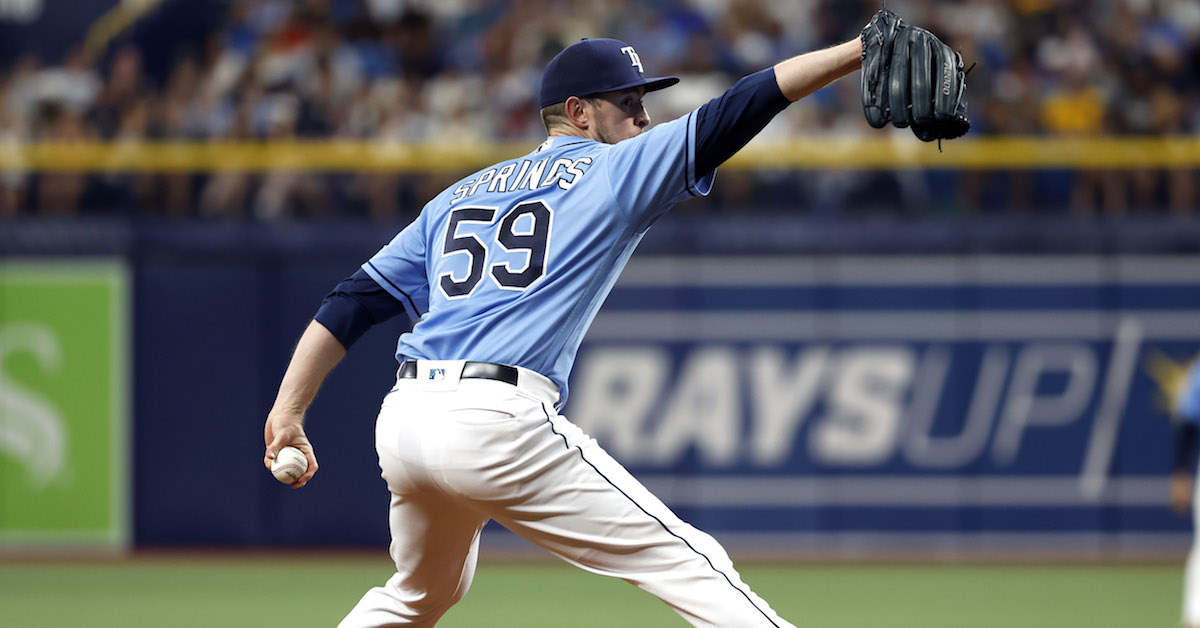Measuring This Season’s Most (and Least) Consistent Hitters

There’s a question that gets asked all the time on baseball social media. The variations are endless, but essentially, it boils down to this: Would you rather have an ultra-consistent hitter in Player X, who you can count on for a daily hit, or an uneven hitter in Player Y, who oscillates between prime Barry Bonds and a benchwarmer?
Given specific numbers, you could work out whether Player X or Y is more valuable. But what if we assume they’re players of equal caliber? That’s where it gets tricky. Maybe I’m only seeing certain answers, but in such cases, it seems like people prefer the clockwork Player X. It makes sense: The prospect of guaranteed production is reassuring, as befits our risk-averse tendencies. I have a hunch that we generally overvalue consistency in baseball, but I’m not here to prove that. Instead, I wanted to find out which hitters have been steady at the plate this season, and which hitters have been mercurial.
Over on our Splits Leaderboards, you can break down hitters’ seasons into weekly chunks. They range from Isaac Paredes’ destruction of the league in mid-June (488 wRC+) to Travis Demeritte’s hit-less and walk-less stretch a month prior (-100 wRC+). From there, measuring the variance between those weeks is a fairly simple endeavor. I grouped the weeks by each player, then calculated the standard deviation in wRC+, which represents how spread apart a player’s weeks are from his overall production. The higher the standard deviation, the more variable he is; the lower the standard deviation, the more consistent. Read the rest of this entry »

